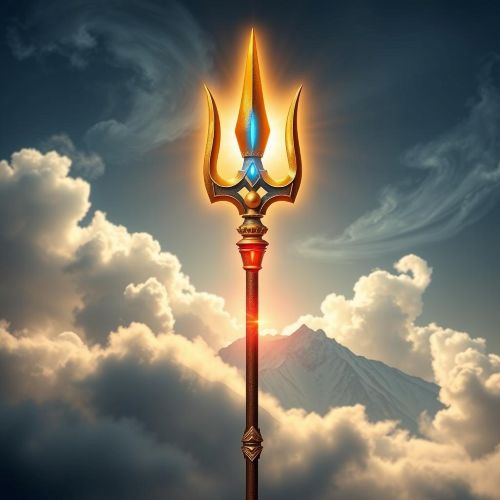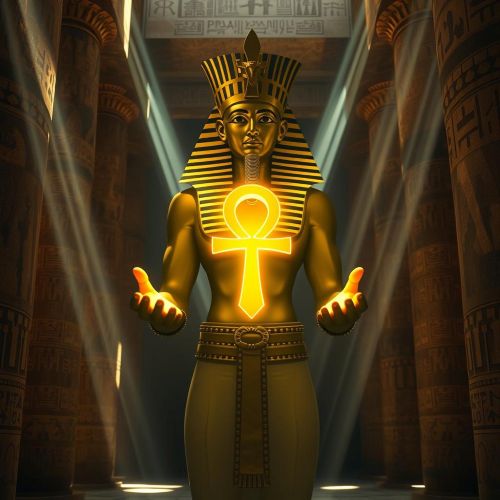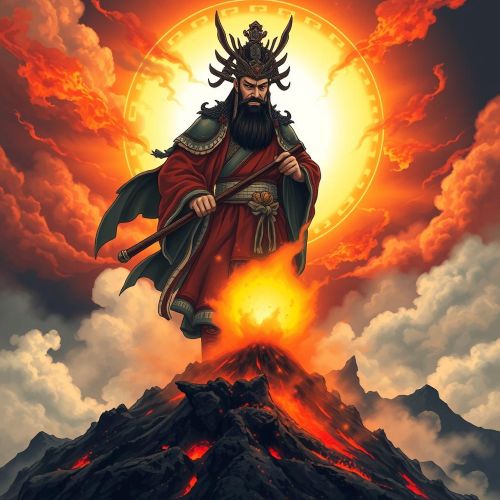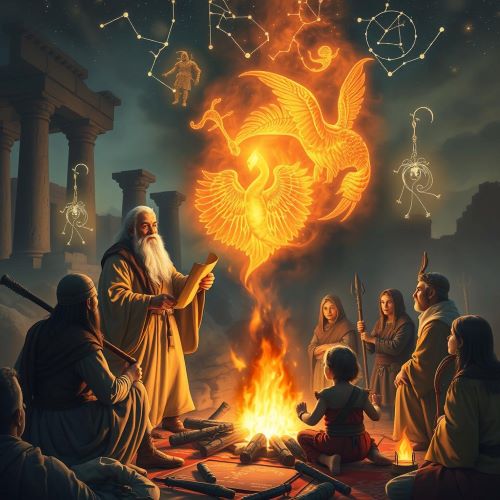Numbers in Mythology: How Ancient Cultures Used Math to Explain the World
The world of mythology, a place where gods roam and heroes rise, has always been intertwined with numbers. But why? Ancient cultures didn’t just use numbers for counting sheep or dividing land; they saw numbers as a gateway to understanding the universe. Mythology and math—two seemingly distinct realms—were once deeply connected. How did these numbers, these symbols, come to shape myths and explain the world around us? The answer lies in the ancient belief that numbers carried more than just quantitative value—they held symbolic significance.
The Power of Three: A Universal Symbol
Three. Just three. So simple, yet so powerful. In ancient cultures, the number three was not just a number—it was a symbol, an embodiment of balance, harmony, and perfection. Think about it: the trinity in Christianity, the three Norns in Norse mythology, and the Trimurti in Hinduism. But why three? The Greeks might say it’s because of the beginning, middle, and end—completeness in every sense. In math, three is the first odd prime number, a number that divides only by itself and one. Perhaps this mathematical uniqueness gave it its mythical power. Across civilizations, the number three was used to create patterns in stories, to give structure to myths, and to explain the world’s order.
Seven Heavens, Seven Seas, Seven Wonders
And then there’s seven—a number with a mystical aura. Why did the ancients love seven? Seven days of creation in the Bible, seven chakras in the body, and seven heavens in Islamic tradition. The list goes on. What makes seven so special? Some believe it’s because seven is a prime number, indivisible and strong. Others think it’s because of the lunar cycle—28 days divided by four gives seven days per phase. Whatever the reason, seven became a number that transcended simple counting. It became a way to map the cosmos, to categorize existence, and to connect the mundane with the divine. In cultural numerology, seven often symbolized completeness and spiritual perfection, making it a favorite in myths across the world.
Pythagoras: The Philosopher Who Saw Math in Myths
Numbers didn’t just float around randomly—they had champions, like Pythagoras, who saw the world through a mathematical lens. Pythagoras didn’t just love math; he worshipped it. He believed that numbers were the essence of all things. For Pythagoras and his followers, math wasn’t just a tool—it was a path to understanding the divine. In this view, mythology wasn’t separate from math but rather a different expression of the same truths. Pythagorean thought influenced myths that connected numbers to the very fabric of reality, from the harmony of the spheres to the sacredness of certain ratios. It’s a fascinating crossover—math in myths, myths in math, each feeding the other in a dance of meaning.
The Mysterious Zero: A Void with Potential
But what about zero? A number that’s not a number, a void, a placeholder. In ancient times, zero was a paradox—a symbol of nothingness, yet holding the potential for everything. It’s a concept that baffles and inspires. In some cultures, zero wasn’t just a mathematical tool; it was a symbol of the void, the infinite potential from which creation springs. The Mayans, who independently developed the concept of zero, saw it as a representation of the cyclical nature of life, death, and rebirth. Zero, with its empty yet powerful nature, found its way into myths as a symbol of the beginning and the end, the alpha and the omega.
Twelve: The Number of Time
Twelve, a number that organized the heavens. Why do we have twelve months in a year? Twelve signs of the zodiac? Twelve hours on a clock? Ancient cultures were obsessed with twelve. The Babylonians, for example, divided the sky into twelve sections, each corresponding to a zodiac sign. They also used a base-12 (duodecimal) system for counting, which influenced timekeeping and calendars. In myths, twelve often represented cosmic order, the structure imposed on chaos. The twelve laborers of Hercules, the twelve Olympian gods, the twelve tribes of Israel—all of these reflect a desire to impose order on the world, to understand it through the lens of numbers.
Math as a Language of the Divine
So, what’s the big picture here? Numbers weren’t just tools for counting; they were a language—a way to communicate with the divine, to understand the universe. Ancient cultures used math in myths to explain natural phenomena, to encode spiritual truths, and to structure their worldviews.
Cultural numerology wasn’t just about superstition; it was a sophisticated system of thought, a way to see the world through a symbolic lens. Even today, numerology is actively used in society. One of the positive changes in modern times is calculators. But even they are not so effective in solving complex problems. Here you need a math helper that solves math problems based on AI. It solves problems accurately and supports many solution options.
Numbers as Bridges Between Worlds
In mythology, numbers became bridges—connections between the earthly and the heavenly, the known and the unknown. They explained the inexplicable, brought order to chaos, and offered a glimpse into the divine. Historical mathematics wasn’t just about solving equations; it was about unlocking the secrets of the universe. And in the myths of ancient cultures, numbers were the keys to those secrets.
Conclusion
Today, we might see numbers as mere tools, but in ancient times, they were so much more. They were symbols, explanations, mysteries. Mythology and math were two sides of the same coin, each enriching the other, each offering a way to understand the world. As we delve into the myths of ancient cultures, we find that numbers weren’t just about math—they were about meaning. And that, perhaps, is the greatest myth of all.










